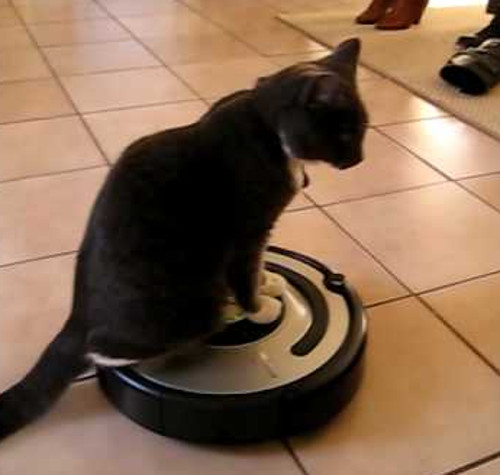With autonomous vehicles being created left and right, it’s time to begin dissecting their designs.
After all, these cars are meant to be bought, and they’ll be commercially available in a matter of years. In fact, auto-pilot has already been downloaded into a number of Tesla Model S vehicles.
Partially autonomous cars are already on the road. The innovations have already begun.
So who will you choose to design your driverless car?
Before we start naming names, let’s look at the two main kinds of autonomous transportation:
The world map paradigm is just what it sounds like: the vehicle travels based on a map of its route. But it can’t just be a simple line from point A to point B; the map has to include the environment, from streets to lanes to possible obstacles.
So, if the vehicle comes to an obstacle that blocks its originally planned path, it has to stop and recalculate to get around it.
The other option is called subsumption architecture.
In this case, the vehicle is designed to get around objects first, quickly and safely, and then is later programed to find its way from point A to point B.
Think of a Roomba… you didn’t have to program the layout of your house into it to enable it to navigate. It just found its way around corners, under tables, and occasionally under cats.
These are the two software designs being used by Google and Tesla.
Google, a notorious software Big Wig, started with the world map paradigm.
Now, you may think that this gives its cars a distinct advantage because the company has Google Maps at its disposal.
Unfortunately, that’s not the case.
You see, the car still has to have an actual 3D model of the world to follow as directly as it can, so the 2D visuals found in Google maps, no matter how detailed they are, will not do.
What’s more, when confronted with an unplanned obstacle, the car will simply stop.
In contrast, Tesla is using the subsumption design. Its cars were already equipped with sensors and cameras that detected obstacles, and could get around them safely.
And the connected nature of Tesla’s vehicles gives it yet another advantage: the cars can learn from each other.
When auto-pilot is online and the driver makes a correction, that correction is recorded and sent to a cloud of data which is shared by all connected Teslas. Already this has improved the safety and function of the semi-autonomous cars.
Rigth now, Tesla vehicles can’t be programmed to follow a route without assistance like Google’s car can; the driver must still be driving, really; but the subsumption model of autonomy seems to have some benefits that make it more useful in a real-world situation.
Granted, there’s still time for innovation, so who knows who will eventually come out on top?
We may just have to wait and see how this situation plays out. In the meantime, we’ll be showing you how you can take advantage of driverless technology.
Stay tuned.
To continue reading…
Click here to read the CleanTechnica article.

Christian DeHaemer
Christian is the founder of Bull and Bust Report and an editor at Energy and Capital. For more on Christian, see his editor’s page.

